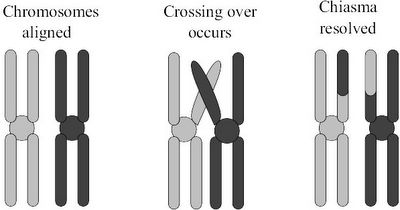I wrote out these notes ages ago, only just posted them to show that I have actually read the most central paper in my project.
Tomkins, J.L. et al, 2004, Genic capture and resolving the lek paradox, TREE, 19(6), pp323-328.
Good paper, many relevent points, most important for discussion of the concept of condition-dependancy. This is a good validation point for the number of simulated loci. The idea that many loci contribute to traits that are good markers for good genes selection.
"Houle argued that the relatively high genetic variance of fitness-related life-history traits could be explained by their dependance on many underlying physiological and morphological traits, such that they sum genetic variation over many loci. This multitude of loci provides a large mutational target[15] that is resistant to erosion through directiona selection."
This is there resolution of the lek paradox, it is certainly a conducive argument and is mainly intuitive in nature, good properties for a theoretical argument.
on Mutations and the genetics of condition:
"Empiricists should now focus on determining the genetic basis of condition itself, a process that will help define the very nature of `good genes'"
"A unique prediction of the genic capture hypothesis is that mutations is that mutations at most loci throughout the genome should affect the expression of sexually selected traits".
This is an important assumption of my model.
They also make an important and novel point that in sexual conflict species, through mate manipulation, males are able to obtain matings when ordinarily females would reject them. This is another reason for how genetic diversity is maintained at sexually selected loci. This hypothesis predicts fluctuations in mutational load as the intersexual arms race also fluctuates.
Got lots of good references from this review paper, too many to write up here.

